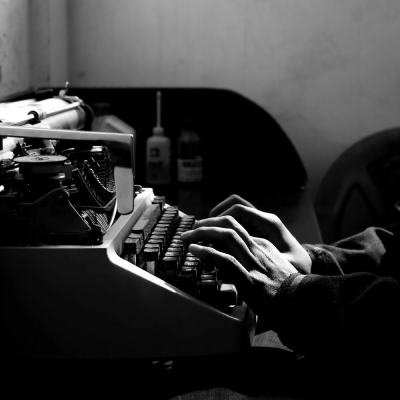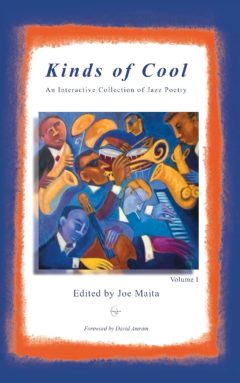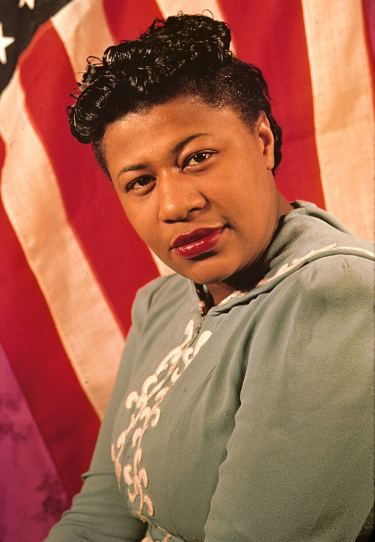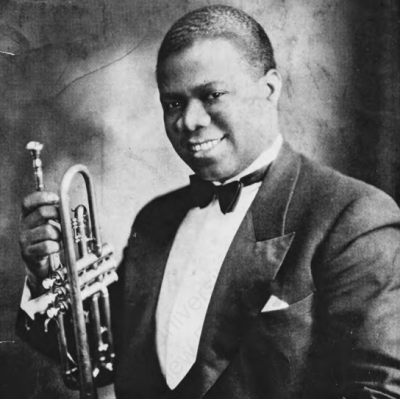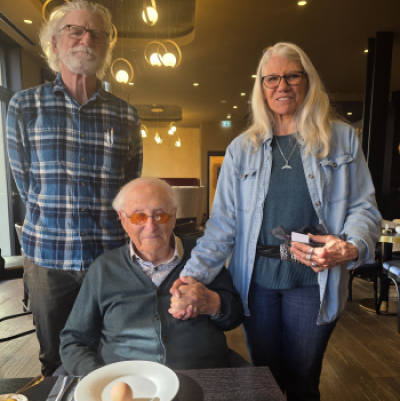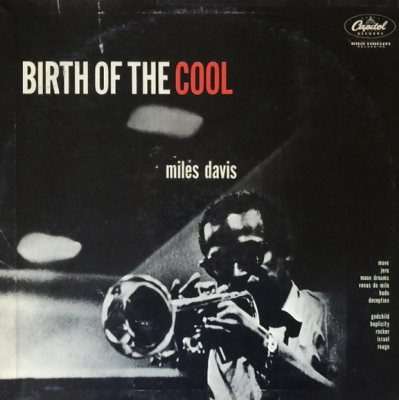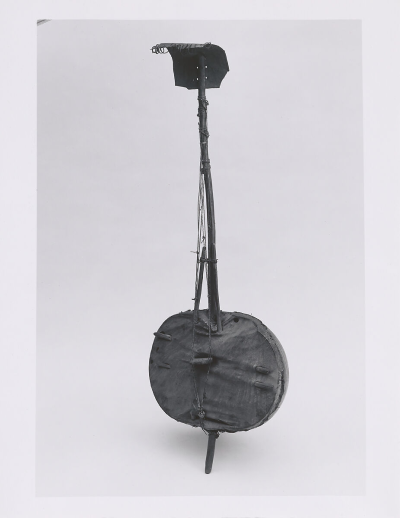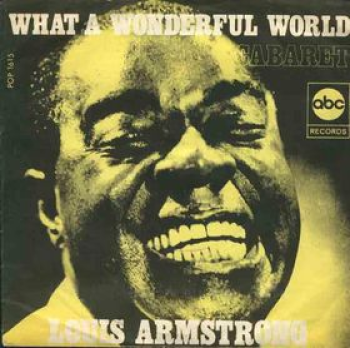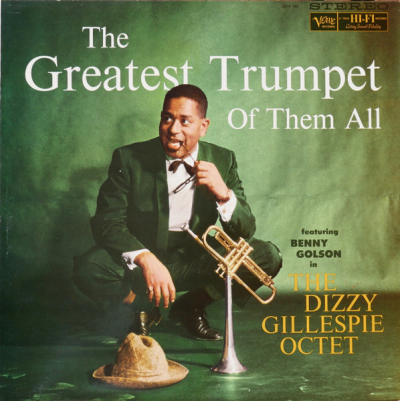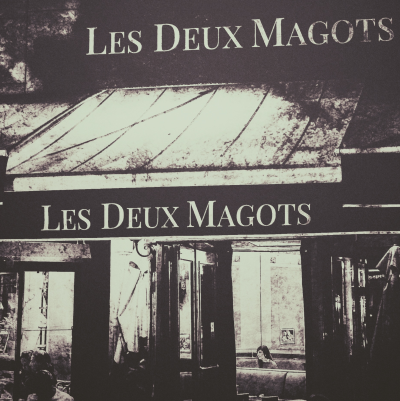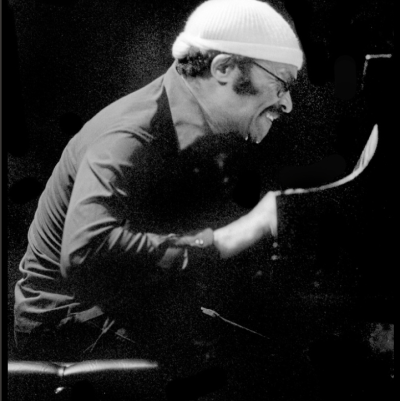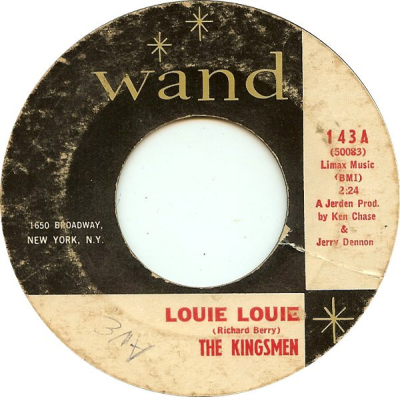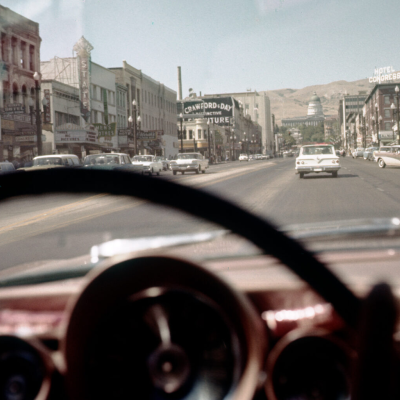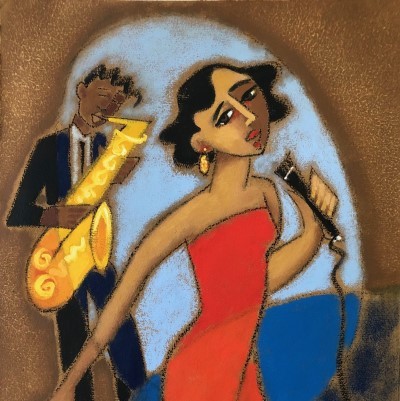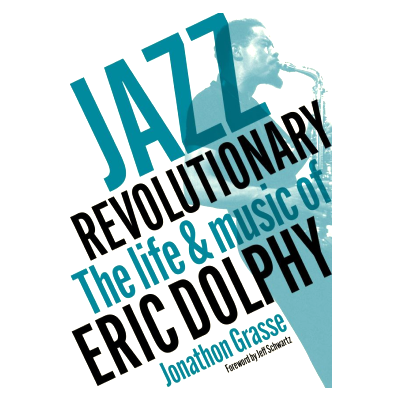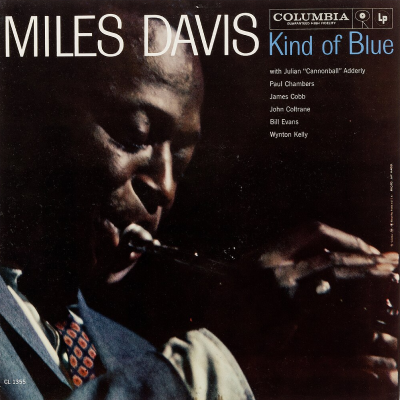.
.
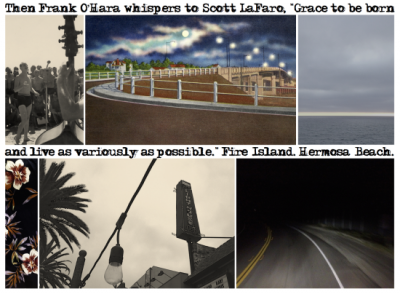
.
“Frank O’Hara Whispers to Scott LaFaro” is one of several photo-narratives in Charles Ingham’s new series devoted to his love of jazz music, “Charles Ingham’s Jazz Narratives”
These photo-narratives are provocative and meaningful– connecting time, place, and subject in a way that ultimately allows the viewer a unique way of experiencing jazz history.
To enhance the opportunity for appreciation of this artistic series, in the coming weeks “Charles Ingham’s Jazz Narratives” will be featured on Jerry Jazz Musician three-at-a-time, and will include the artist’s description of each piece.
.
.
This edition’s narratives, found below the artist’s introduction, are:
.
“The Annunciation of Chet Baker”
“Frank O’Hara Whispers to Scott LaFaro”
“Blessing the Child”
.
.
_____
.
.
Charles Ingham introduces his “Jazz Narratives” series
.
…..Jazz has always been there for me. Music is an essential part of my life, and I have eclectic tastes, but there has always been jazz music. At seventeen, I’m at a Rahsaan Roland Kirk concert in my hometown of Manchester, England, stunned by the transgressive beauty of this man’s performance. At fifty-seven, my wife has died, and I can’t bear to hear lyrics, so it’s Kind of Blue and Trane ballads. And today I’m listening to ‘Round Midnight, Monk alone at the piano, stunningly honest and almost unbearably intimate.
…..So as an artist I need to give something back, but make it my own, and make it new.
…..As a conceptual artist, my photo-narratives are hybrid forms, transgressing distinctions between the verbal and the visual: the image as text. My art represents a combinatory aesthetic; each work constitutes a whole made up of parts, creating something of a symbiosis: the words, the images (abstract and referential), the space between images, the subjects, the reference to specific individuals, places, or times. As the artist Alexis Smith says of her collages and assemblages: “It’s fused into a whole where they seem like they’ve always been together, or were meant to be together. The people that look at them put them together in their heads.” Some visual references are obvious; some of the bones, sinews, and other connective tissue that hold a particular narrative together work within the piece’s own logic, a logic that viewers find for themselves. Here, the artist makes the work, and that work has an agenda, but a significant part of that agenda is for the viewer to find something of (or for) themselves within these images and words.
…..Each work in this series of “Jazz Narratives” is anchored by a person (a musician) and a related place. I am especially interested in the “aura” of these places. Sometimes, the place remains relatively unchanged seventy years after the musical fact; sometimes, only a physical street number remains, if that. What matters is that, for the artist and the viewer, this aura remains. This, say, is 151 Avenue B, on the Lower East Side; the brownstone is easy to miss if you are walking along the east side of Tomkins Square Park, but if you know that Charlie Parker lived there, it has become something more than the stone and glass of the place. 4201 S. Central Avenue, Los Angeles, is an anonymous mixed-use building, but there’s the number above the glass doors; 4201 S. Central is the Downbeat Club. Here, in 1945, Clora Bryant first heard bebop: here, on this corner, and that corner is still here, as is that night and all those other nights.
…..Some years ago in Brooklyn, I went looking for 99 Ryerson Street, where the poet Walt Whitman had lived when Leaves of Grass was first published. The fact that Whitman had lived here had only recently been discovered, and the 1850s wood-frame house was unmarked and unchanged except for aluminum siding and the addition of an extra floor. It is the only surviving Whitman residence in Brooklyn and Manhattan. Standing on the original bluestone sidewalk slabs, I was looking at Whitman, whose vision of America was a primary reason for my decision to emigrate to the United States. In my excitement, I crossed the street and spoke to an elderly man sitting on the stoop opposite. “Do you know that Walt Whitman lived in that house?” I asked, clearly appearing to be a madman. The neighbor looked up at the crazy person: “Is that the guy who is renting a room?” For him, the aura was not visible.
…..These pieces are works of homage; I am making some kind of unsentimental pilgrimage to each of these apparently anonymous street addresses. And I am conjuring ghosts; they are still alive in these places as they are in their recordings. The music may have been recorded in 1947, but they are playing it now. You can hear that. And, if I am successful, you can see the musicians in my art.
.
_____
.
.
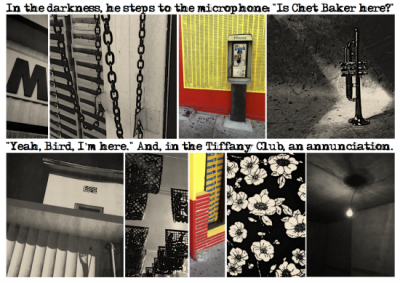
.
The Annunciation of Chet Baker
(3260 W. 8th Street., Los Angeles)
2020
.
…..The Tiffany Club was on the corner of West 8 th and Normandie, a block east of the 331 Club. It is now a large Mexican market, carnecería, and panadería. It was the Tiffany Club, of course, where Charlie Parker curiously plucked that “little white cat” Chet Baker out of a darkness that contained a gathering of the best jazz trumpeters in LA. Well, that’s Chet’s story, and one that some of the disgruntled horn players assembled that day claim is a myth. As you will detect from some pieces in this series, I am rather fond of myths and alternative histories, and if the Chet version of this wonderful story isn’t true, it should be. As Gerald Horne says in Jazz and Justice, “the historical record [of jazz music] is studded with various and often contrasting versions of the same episode.”
…..The image of the trumpet I have used before, but here it is presented quite differently, isolated in darkness.
.
.
___
.
.

.
Frank O’Hara Whispers to Scott LaFaro
(30 Pier Avenue, Hermosa Beach, California)
2020
…..
…..I have anchored this piece at the Lighthouse Café, but the work also alludes to Fire Island (where O’Hara met his death) and U.S. Route 20 between Geneva and Canandaigua in upstate New York (where Scott LaFaro met his death).
…..Bill Evans’s Live at the Village Vanguard (Riverside, 1961) reveals Scott LaFaro’s genius as a bass player. With Paul Motian on drums, the album was recorded on the last day of the trio’s two-week residency at the Vanguard. Ten days later, LaFaro would be dead in an automobile accident at the age of 24.
…..LaFaro also appears with Joe Gordon on the album West Coast Days: Live at the Lighthouse, recorded in 1958, hence the appearance of the Hermosa Beach club. On eBay again, I found an anonymous photograph of a bass player and singer on the beach. When the photo arrived, I was intrigued by the singer’s resemblance to the New York poet Frank O’Hara, one of my heroes and someone else who died young (at 40), five years later, in an automobile accident (on this occasion run over by a dune buggy on Fire Island). So Fire Island to Hermosa Beach, East Coast/West Coast, there is a dialogue there. And in this piece the larger-than-life O’Hara shares his thanks and appreciation for such a life, however brief, with another artist who lived a short but large life. (And, of course, O’Hara was a massive jazz fan.) The quotation is from O’Hara’s poem “In Memory of My Feelings” and is inscribed on the poet’s tombstone. So, an homage to LaFaro and O’Hara.
.
.
___
.
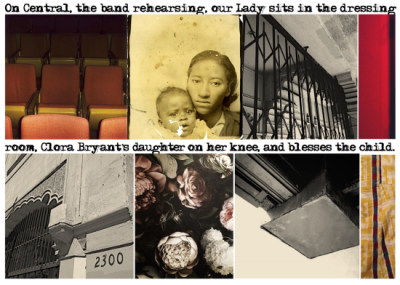
.
Blessing the Child
(2300 S. Central Ave., Los Angeles)
2020
.
…..The piece is based upon an anecdote told by Clora Bryant in Central Avenue Sounds: Jazz in Los Angeles. Bryant recalls that Lady Day would babysit the trumpeter’s daughter in the dressing room while Bryant and the band rehearsed. Bryant remembers Holiday loving children and talking always about women and children, never men. This dressing room was in the Club Alabam, while in my piece I place the event in the Lincoln Theater, nineteen blocks further north on Central Avenue. The Alabam is gone, but the theater, the “Apollo of the West,” still stands and, indeed, Billie Holiday performed there.
…..Is this a photograph of Billie Holiday and Angela Stone, Clara Bryant’s daughter? No; this is an anonymous photo-booth image of another Madonna and Child, a child who has their own. Are these gardenias? No, just flowers, an image of flowers.
.
.
All pieces are archival inkjet prints, 4½ x 6½ inches, framed to 14 x 14 inches. For more information, visit charlesingham.com
.
.
To see Volume 1 of this series, click here
To see Volume 2 of this series, click here
To see Volume 3 of this series, click here
To see Volume 4 of this series, click here
To see Volume 5 of this series, click here
To see Volume 6 of this series, click here
To see Volume 7 of this series, click here
To see Volume 8 of this series, click here
To see Volume 9 of this series, click here
.
___
.
.
photo by Jacqueline Ramirez
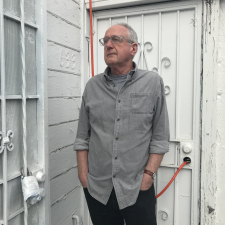
.
Born and educated in England, Charles Ingham moved to California in 1982. He has always been interested in hybrid forms and the intersection of literature and the visual arts, his photography often seeking to transgress the traditional boundaries separating the verbal and the visual.
Ingham lives in San Diego and shows his work at Distinction Gallery in Escondido. He recently had three pieces accepted for the 28th Annual Juried Exhibition at the Athenaeum Music and Arts Library, La Jolla. He also had two pieces shown in the “Six-Word Story” exhibitions at Front Porch Gallery, Carlsbad, and the Oceanside Museum of Art.
His work can be found.at his website: charlesingham.com
.
.
.
.
.
.</span





